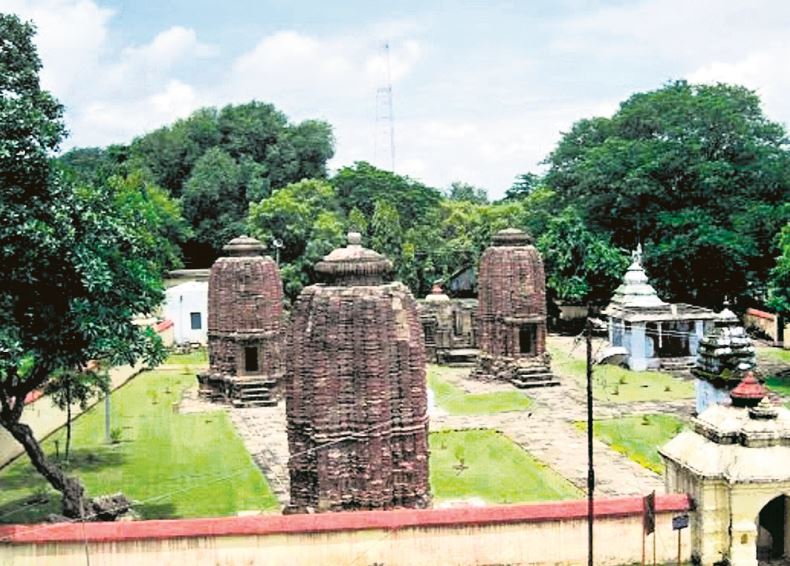Boudh: Named after Lord Buddha, the historically significant Boudh district remains neglected as a tourist destination despite possessing abundant natural beauty, ancient heritage, and deep-rooted cultural traditions. Though small in size, Boudh is richly endowed with scenic landscapes and ecological diversity, making it an ideal destination for eco-tourism. The district boasts of ancient temples, historical relics, and sites of religious importance that could attract both tourists and researchers.
However, due to continued neglect and lack of promotion, Boudh remains absent from mainstream tourism circuits. Among the five protected monuments under the Archaeological Survey of India in western Odisha, two notable ones are located in Boudh – the intricately carved Gandharadi Temple built in the 8th century by the Bhanja kings, and the Rameswar Temple constructed in the 9th century by the Somavamsi dynasty, in Boudh town. These sites offer immense scope for heritage tourism and archaeological exploration. The district is also home to several Buddha relics and statues, including one in the earth-touching mudra near the old palace. Buddhist sites in Paragalpur and Syamsundarpur further underscore the district’s importance as a Buddhist centre. If these sites were developed, Boudh could emerge as a major religious and cultural tourism hub, boosting the local economy, experts say.
Religious sites such as the famed Maa Bhairabi temple in Purunakatak, the Shiva temples in Ramgarh and Karadi, and several lesser-known locations across Harabhanga and Kantamal blocks hold untapped potential. The proposed ecopark ‘Nandanban’ at Birnarasinghpur in Harabhanga block, with 1,300.44 acres already demarcated and partial work completed, now faces uncertainty due to stalled progress. Other notable attractions include the ancient Nayakpada cave complex, the hilly Dedhasura -Bhaibohu site under Kantamal block, medicinal garden at Dambarugada, the scenic beauty of Khandikanpara, and historic temples at Baunsuni, Baghiapada, and within the Mahanadi river basin. The submerged Hanuman temple and temples dedicated to Jagannath, Bhairavi, and Chandrachuda also contribute to the district’s spiritual appeal. The Mahanadi river itself offers immense eco-tourism opportunities, especially with a bridge already constructed to the river island of Marjakud. Sites like the Padmatola Wildlife Sanctuary, Nuapada Dam, and Damkuchh Dam add to the district’s landscape of potential attractions. Despite a strong foundation for tourism, Boudh continues to be overlooked due to a lack of attention, infrastructure, and promotional efforts.
Also Read: New hospital, bus stand to be inaugurated in Boudh soon: Majhi
Proper development and marketing of these sites could significantly enhance the district’s tourism profile and strengthen its economy. District tourism officer Prabhakar Kanhar confirmed that proposals have been sent to higher authorities for developing Dedhasura-Bhaibohu hill and Biramunda under Kantamal block, and Khandikanpara under Boudh block. “We are awaiting approval, and gradually, development plans for other tourist sites will also be carried out,” Kanhar said. Stakeholders and tourism experts say that with proper planning, conservation and promotion, Boudh could transform into a significant cultural and eco-tourism destination, generating employment and boosting the local economy.
